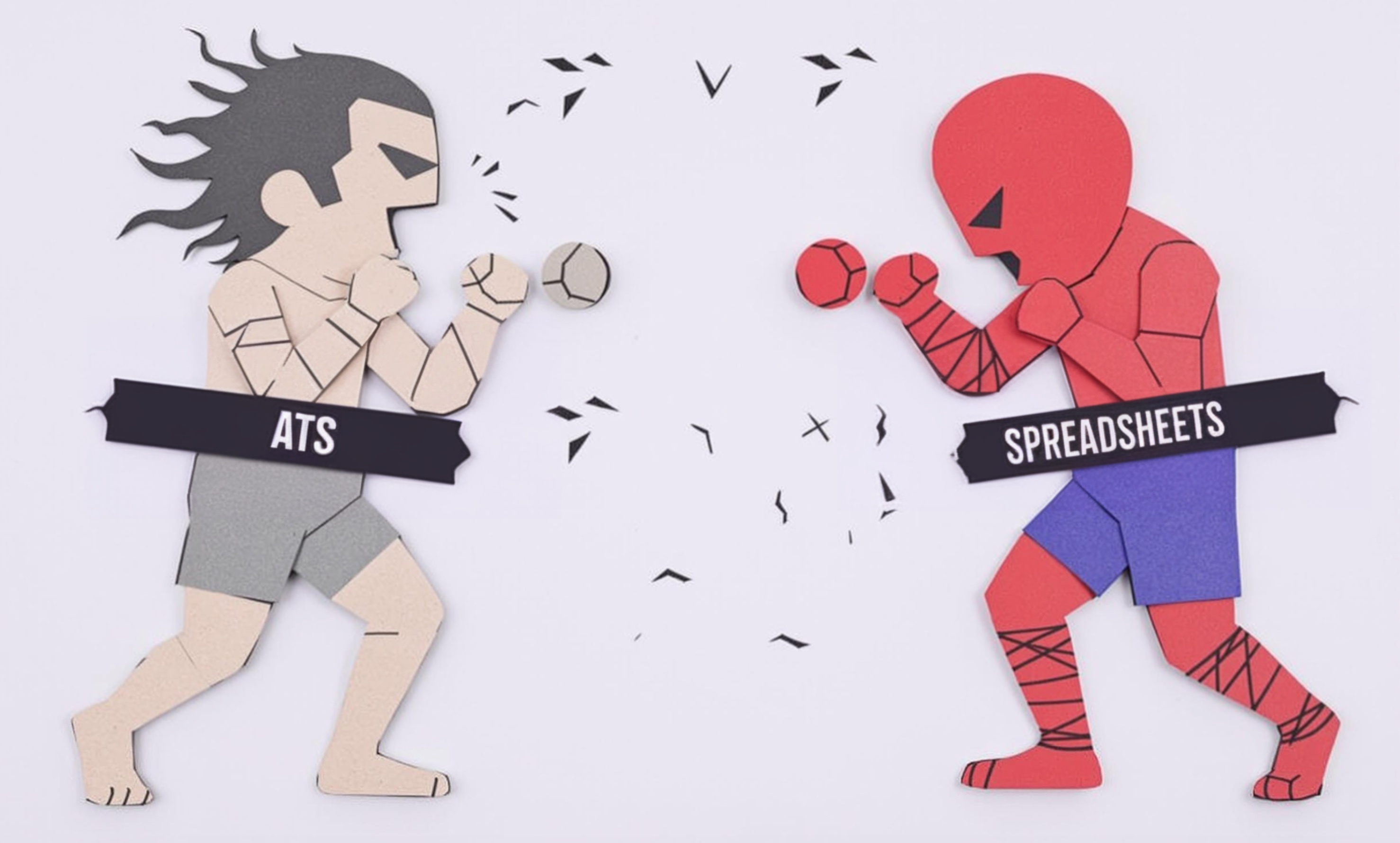
Safety Hazard
A Safety Hazard is a situation or condition that could cause harm, injury, or damage in the workplace, particularly in electrical repair settings. When candidates mention this term, they're typically referring to their experience in identifying, reporting, and fixing dangerous situations before they cause accidents. This shows they prioritize workplace safety and understand risk prevention. Similar terms include "safety risk," "workplace hazard," or "electrical hazard." Understanding safety hazards is crucial for electrical repair workers as it relates directly to protecting themselves, their coworkers, and clients from potential accidents.
Examples in Resumes
Conducted weekly inspections to identify and document Safety Hazard|Safety Hazards in electrical systems
Successfully resolved 50+ Safety Hazard|Dangerous Condition situations in commercial buildings
Trained junior technicians on recognizing common Safety Hazard|Workplace Hazard situations
Typical job title: "Safety Inspectors"
Also try searching for:
Where to Find Safety Inspectors
Professional Organizations
Online Communities
Job Resources
Example Interview Questions
Senior Level Questions
Q: How would you develop and implement a safety program for a large electrical repair company?
Expected Answer: Look for answers that show experience in creating comprehensive safety policies, training programs, and monitoring systems. They should mention involving all staff levels, regular updates, and measuring success through safety metrics.
Q: Tell me about a time you had to manage a serious safety incident. What was your approach?
Expected Answer: Strong answers will demonstrate leadership in crisis, proper documentation, corrective actions taken, and implementing preventive measures to avoid future incidents.
Mid Level Questions
Q: What steps do you take when you identify a safety hazard on the job?
Expected Answer: Should describe a clear process: immediate area securing, proper reporting procedures, documentation, and following up to ensure the hazard is addressed.
Q: How do you ensure your team follows safety procedures consistently?
Expected Answer: Look for answers about regular training, leading by example, clear communication, and maintaining proper documentation of safety procedures.
Junior Level Questions
Q: What are common safety hazards in electrical repair work?
Expected Answer: Should be able to list basic hazards like exposed wiring, wet conditions, lack of proper protective equipment, and improper lockout/tagout procedures.
Q: What personal protective equipment do you use in your work?
Expected Answer: Should mention basic safety gear like insulated gloves, safety glasses, hard hat, proper footwear, and understanding when each item should be used.
Experience Level Indicators
Junior (0-2 years)
- Basic hazard recognition
- Understanding of safety equipment use
- Knowledge of emergency procedures
- Basic incident reporting
Mid (2-5 years)
- Detailed hazard assessment
- Safety training delivery
- Incident investigation
- Safety procedure development
Senior (5+ years)
- Safety program management
- Risk assessment and mitigation
- Team safety oversight
- Regulatory compliance management
Red Flags to Watch For
- No knowledge of basic safety regulations
- History of safety violations
- Dismissive attitude toward safety procedures
- Lack of proper safety certifications
- No experience with safety documentation
Need more hiring wisdom? Check these out...

Navigating Compliance: Structuring On-the-Job Training in Regulated Industries

Bad Hires Got You Down? 9 Unexpected Tactics to Turn Your Hiring Disasters Into Wins

The $100M Mistake: Hidden Costs of Rushed Leadership Hires (Data Study)

